The fastest interstellar object continues to be bizarre; is it rotating weirdly or is something off about its surface?
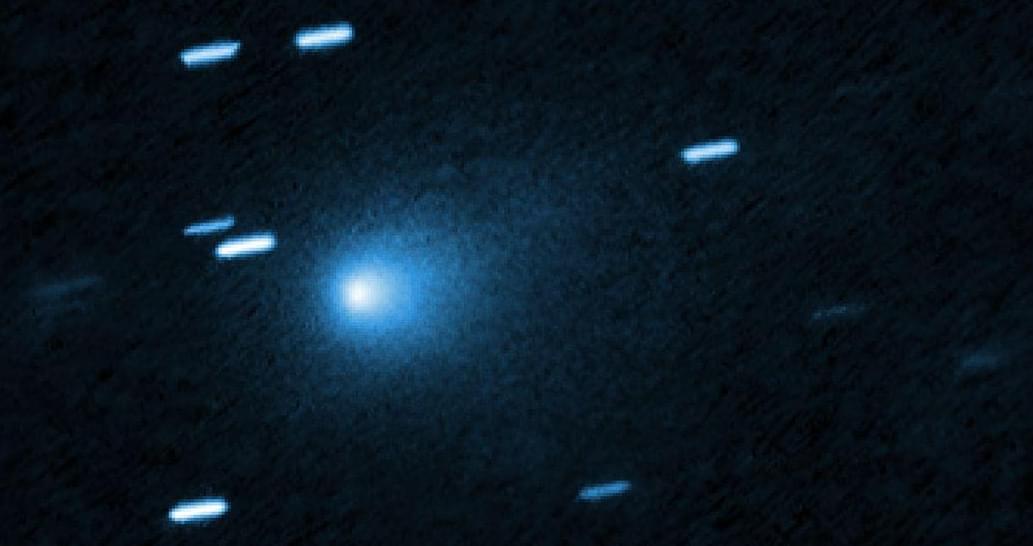

This video shows you how to create a data analyst AI agent using Llama Nemotron Super 1.5 49B, a NAS-optimized, open-weight reasoning model. It tops the Artificial Analysis Intelligence Index in the ~70B range—while fitting on a single NVIDIA H100 or NVIDIA H200 GPU for higher throughput and lower cost.
00:00 — Introduction.
00:39 — What it is.
01:24 — Accuracy.
1:53 — Performance.
02:20 — Open & transparent.
02:59 — Data analysis agent demo.
04:46 — Recap.
Open weights + open dataset on Hugging Face https://huggingface.co/nvidia/Llama-3… from your browser and create API key https://build.nvidia.com/nvidia/llama… Demo repository https://github.com/NVIDIA/GenerativeA… NVIDAI Developer Blog https://developer.nvidia.com/blog/bui… Learn about NVIDIA Nemotron models https://www.nvidia.com/en-us/ai-data–… #LlamaNemotronSuper #NVIDIAAI #OpenSourceAI #GenerativeAI #MachineLearning #DataAnalysis #AIAgents #HuggingFace #GPUComputing #PythonCoding #Pandas #Matplotlib #LLMs #TechDemo.
Try from your browser and create API key https://build.nvidia.com/nvidia/llama…
Demo repository https://github.com/NVIDIA/GenerativeA…

Folding spacecraft design could be enhanced with Japan’s ancient origami patterns.
Scientists are exploring a new class of origami structures that could help design and build different shapes for use in space. These structures are expected to be even more compact and reliable.
Called bloom patterns, the new class of origami structures developed at Brigham Young University fold up flat and unfold like flower petals. Researchers expect such designs could be used in telescopes and solar arrays as well.
These structures are suitable for use in spacecraft as origami-based designs could help fold up for launch and then unfold or deploy to their full size when required in space.
Deep-sea mining: The trillion-dollar gamble that could scar the seafloor forever.
Deep-sea robots vacuum up critical minerals, but could this green energy shortcut unleash irreversible damage on fragile ocean ecosystems?
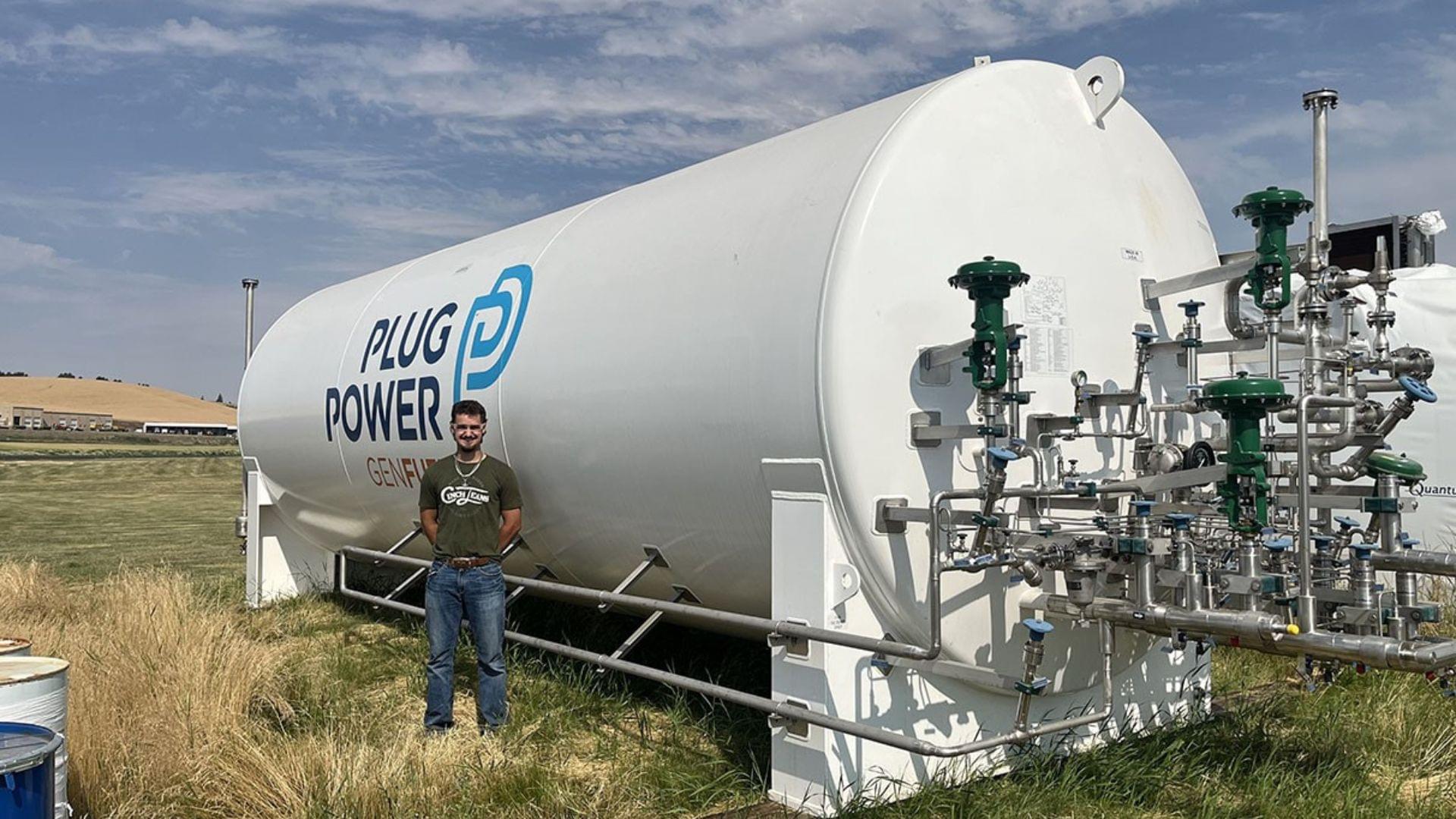
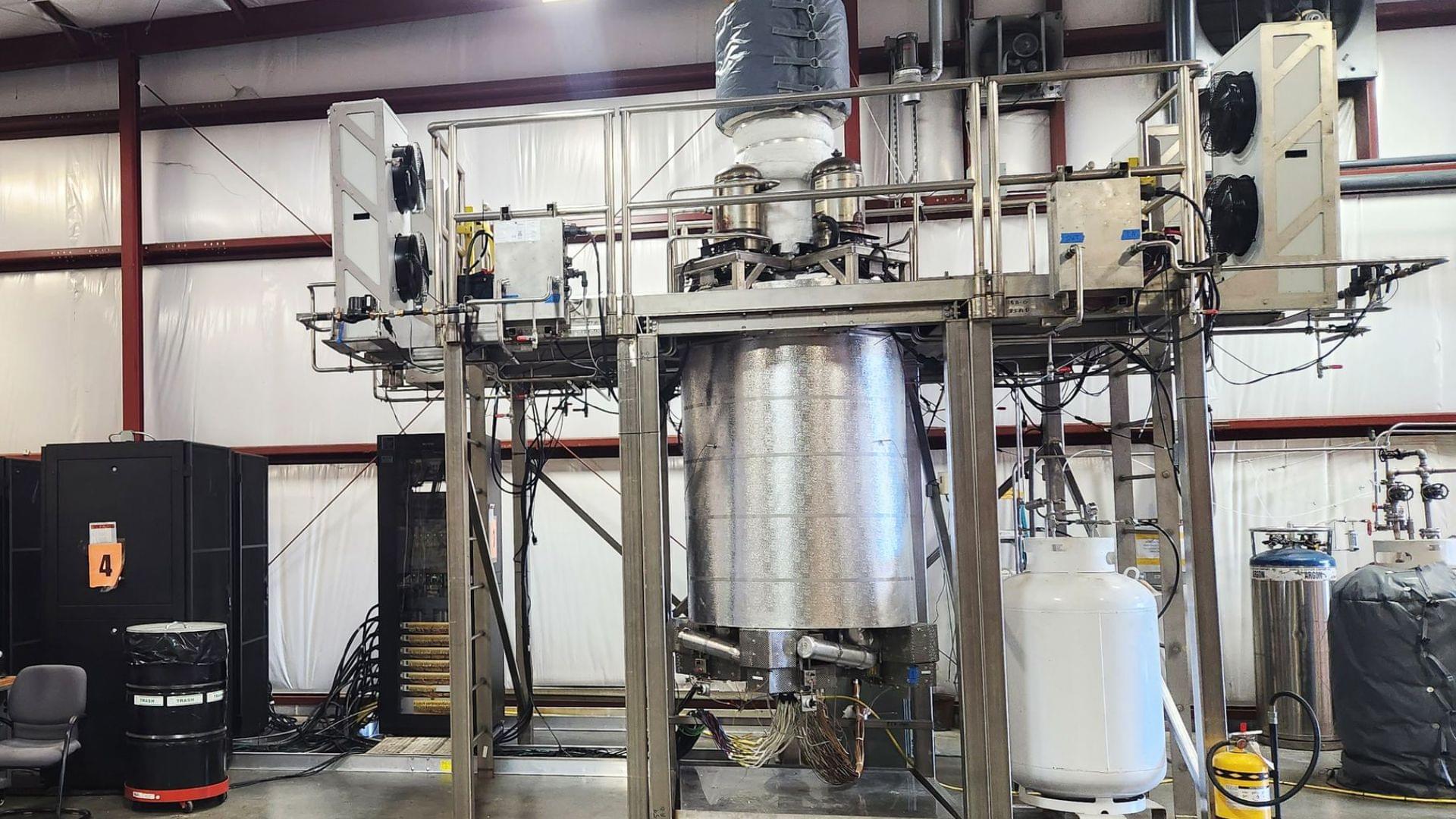
China firm launches solar panel steering battery that works even in extreme −40°F.
A Chinese company has unveiled a lithium-iron-phosphate battery for solar trackers, that works reliably in extreme cold.
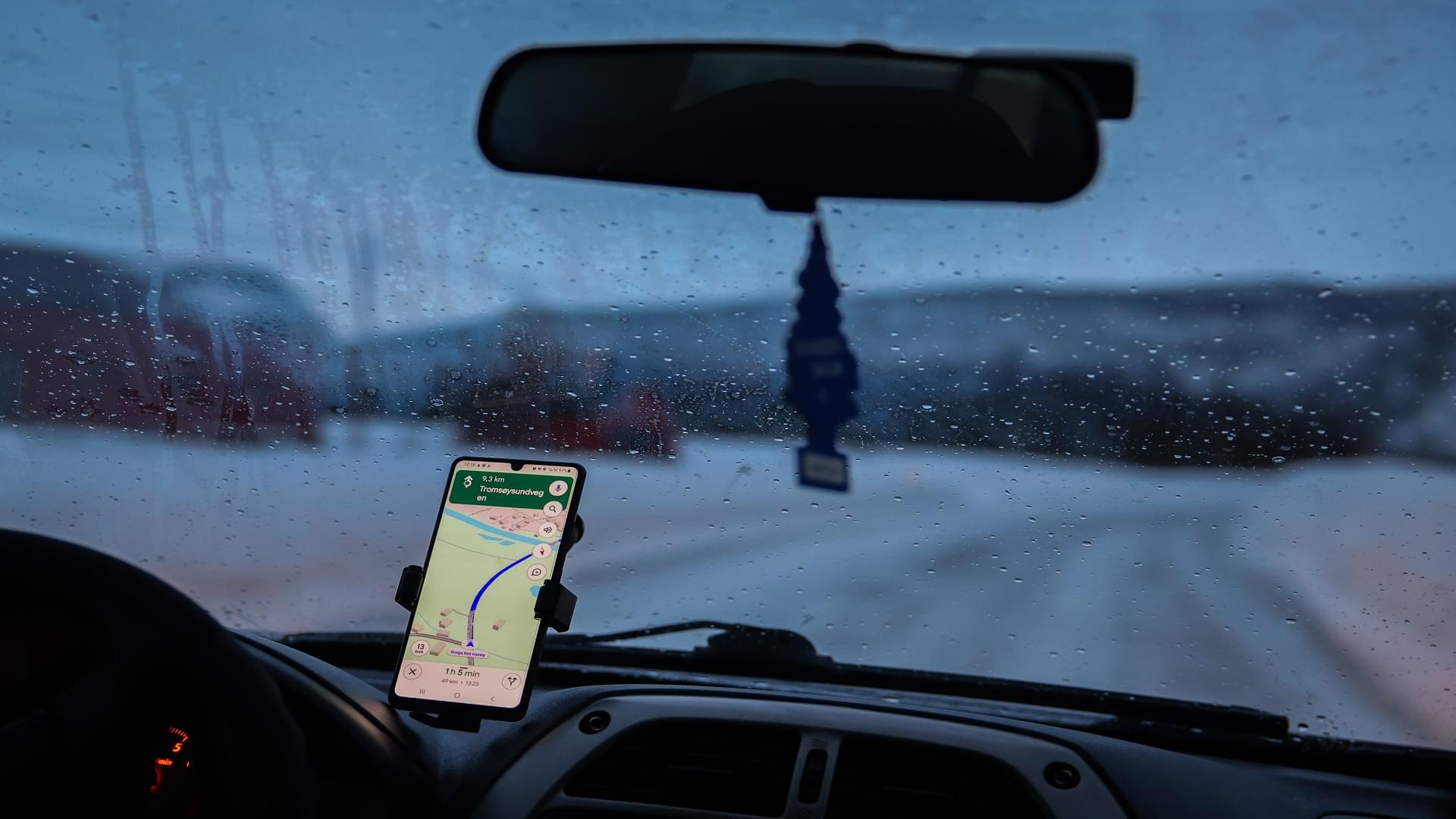
End of the road for GPS? Image-based AI tool cuts navigation errors by nearly 40 times.
Global reliance on GPS has grown to the point where outages or signal interference can have serious consequences. From logistics and delivery fleets to aviation and defense, industries depend on precise navigation.
Yet GPS signals are vulnerable. Tall buildings, tunnels, jamming devices, or even atmospheric conditions can cause disruptions. By providing a GPS-free alternative, PEnG could make navigation more resilient and reliable.
The Surrey researchers argue that their work is as much about everyday convenience as it is about safety.
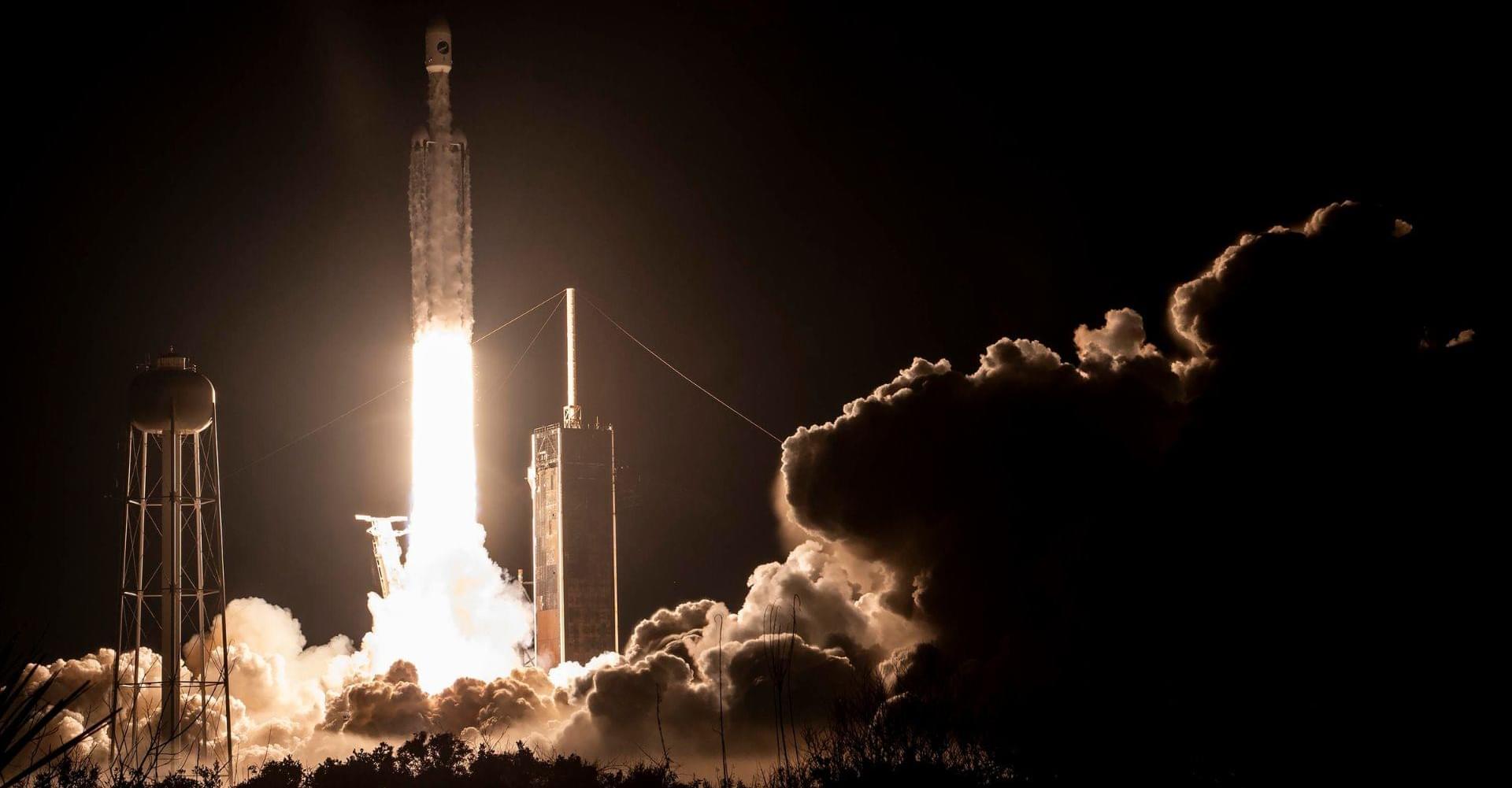
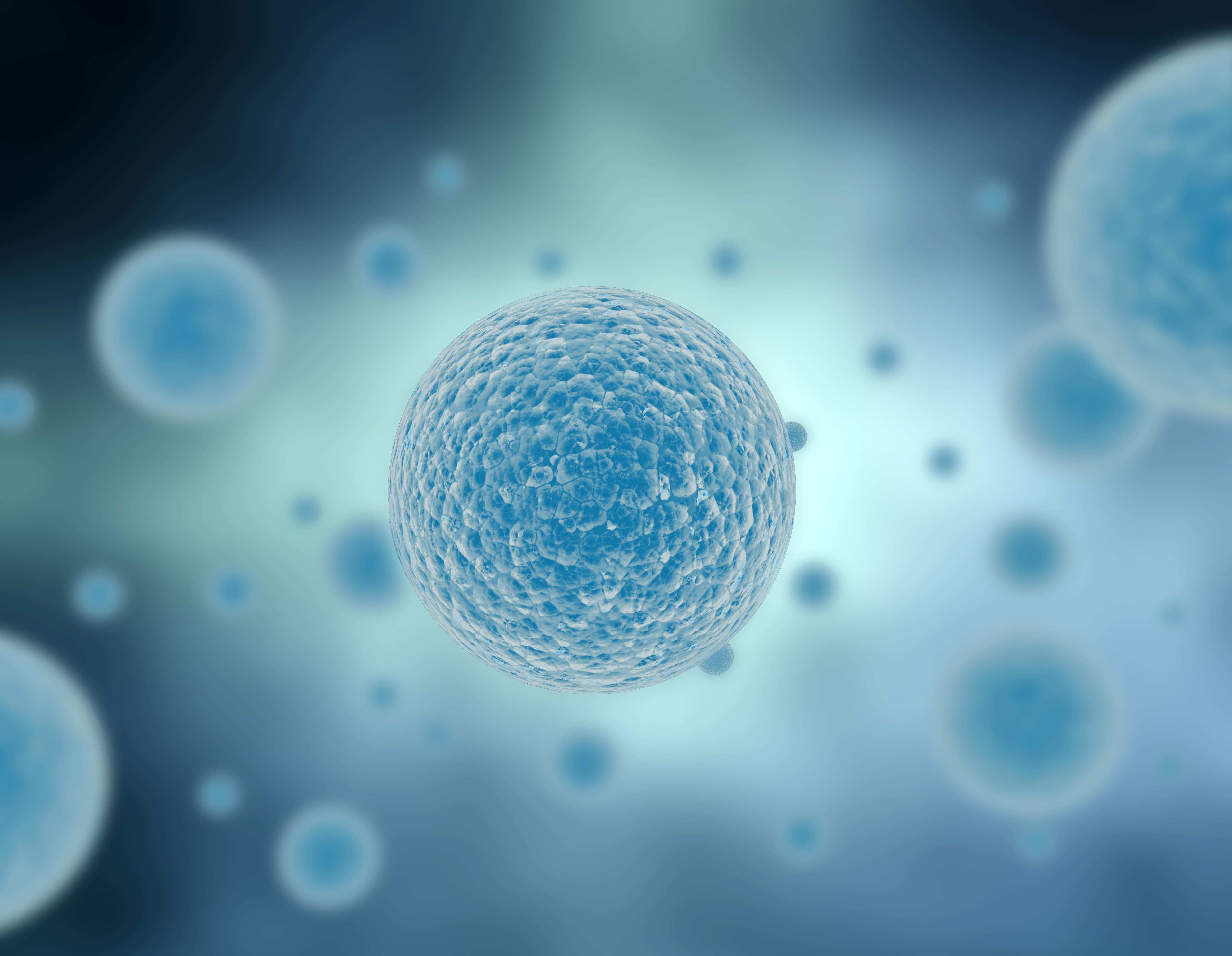
One of the most fundamental processes in all of biology is the spontaneous organization of cells into clusters that divide and eventually turn into shapes – be they organs, wings or limbs.
Scientists have long explored this enormously complex process to make artificial organs or understand cancer growth – but precisely engineering single cells to achieve a desired collective outcome is often a trial-and-error process.
Harvard applied physicists consider the control of cellular organization and morphogenesis to be an optimization problem that can be solved with powerful new machine learning tools. In new research published in Nature Computational Science, researchers in the John A. Paulson School of Engineering and Applied Sciences (SEAS) have created a computational framework that can extract the rules that cells need to follow as they grow, in order for a collective function to emerge from the whole.